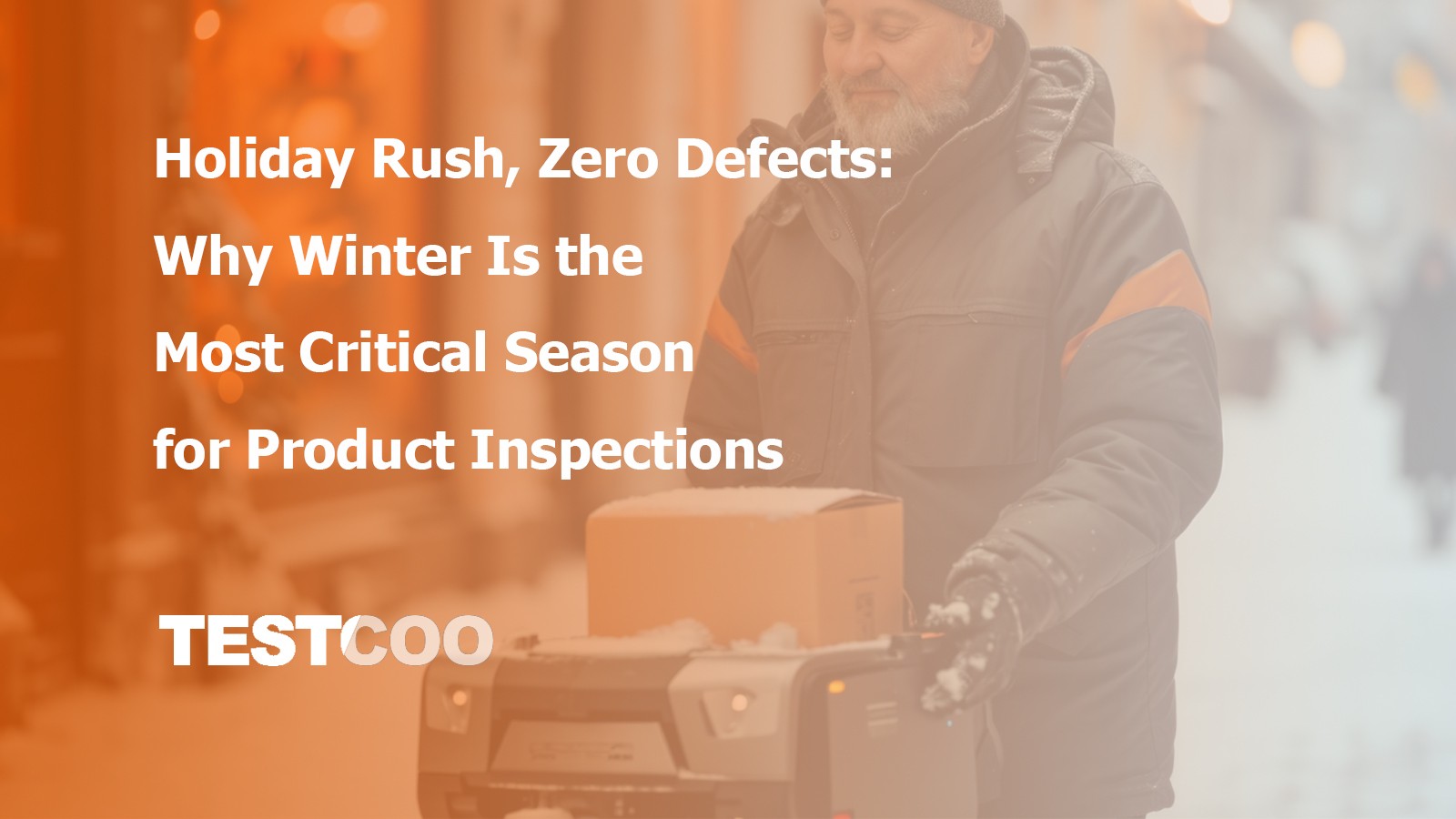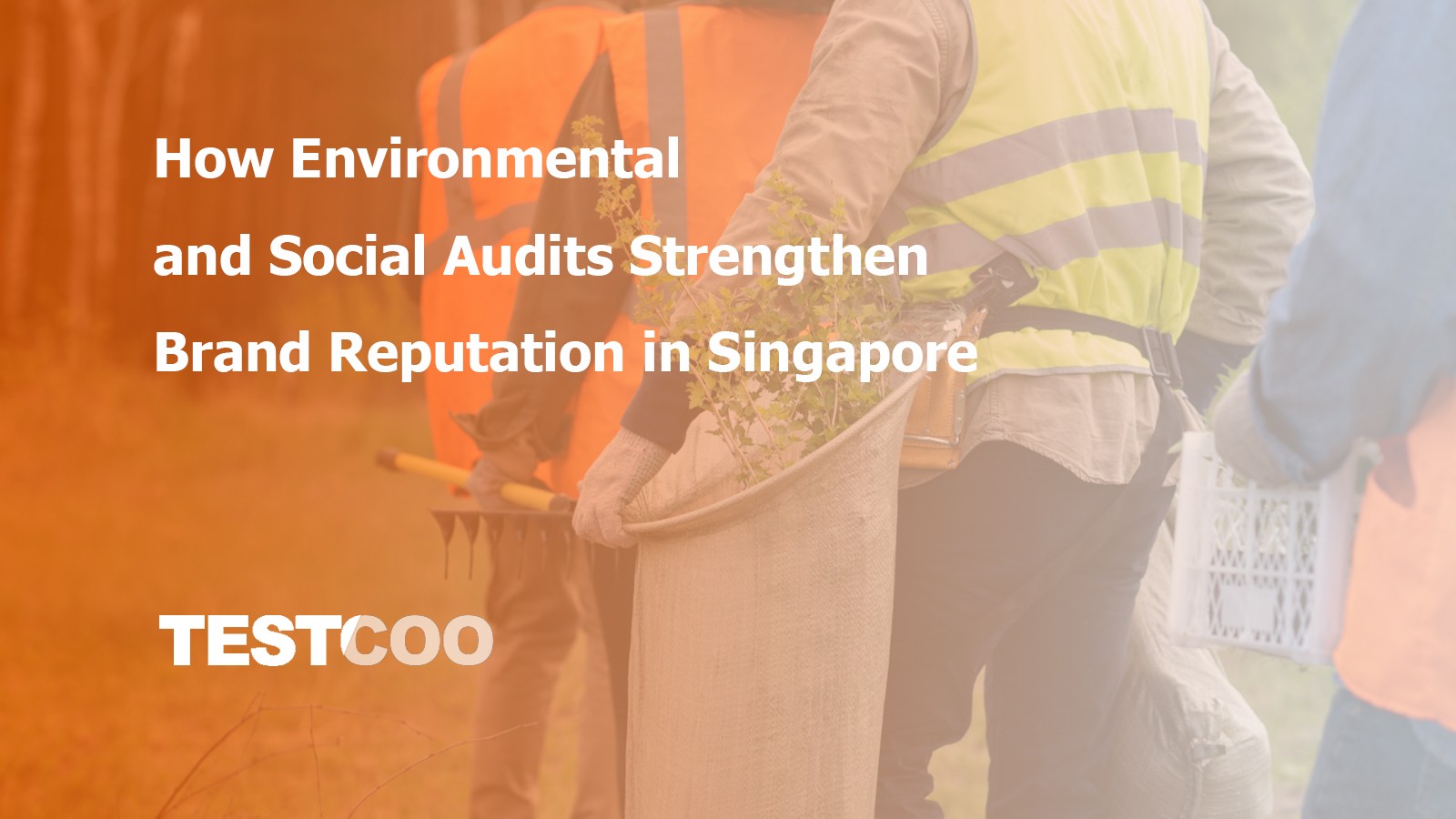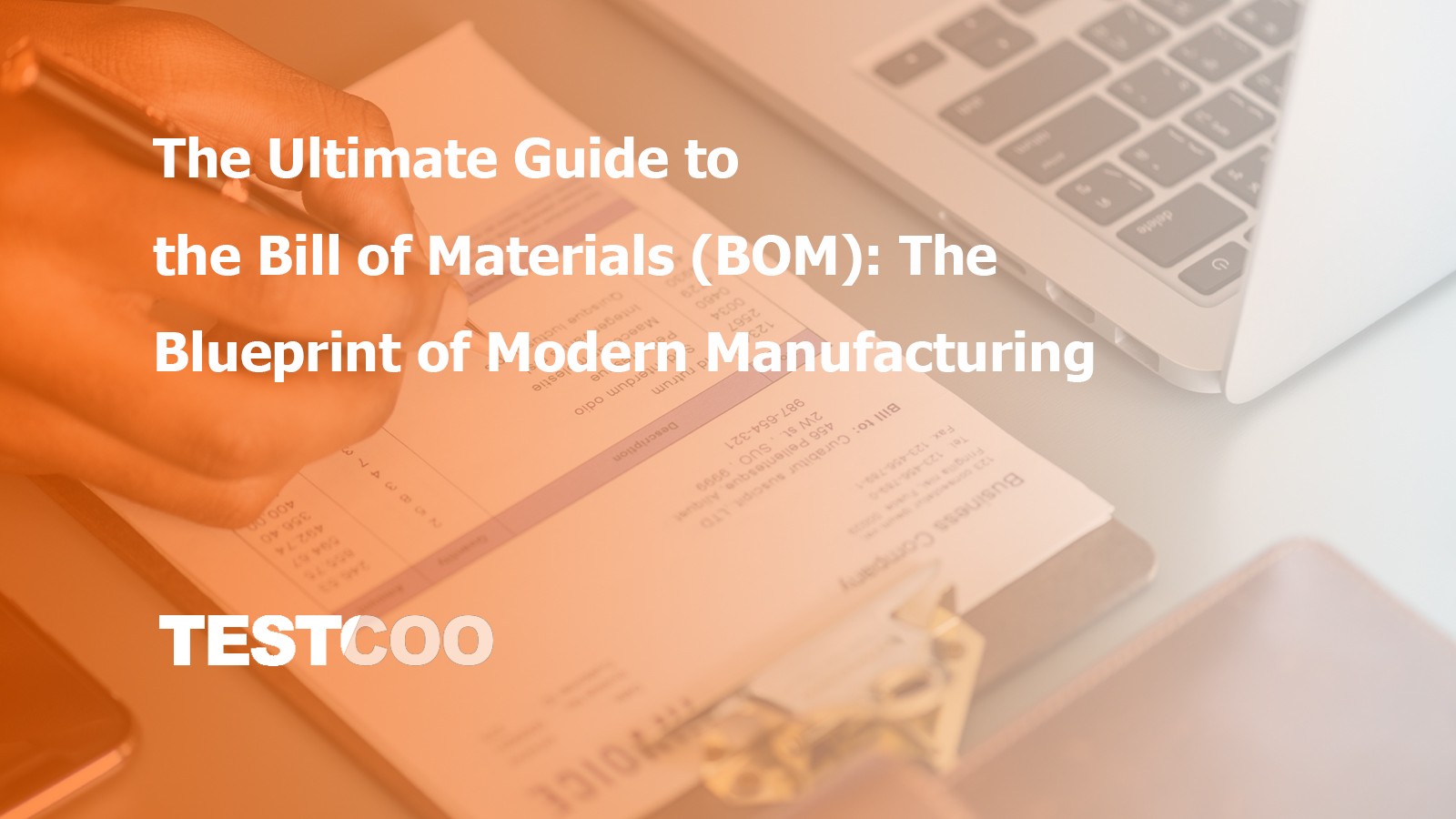Container Loading Inspection for Safer Shipments

Introduction
In global trade, ensuring that goods arrive at their destination safely and in the expected condition is a top priority. While many importers and brands invest in product inspections and supplier audits, they often overlook a critical final step: Container Loading Inspection (CLI).
Container Loading Inspection acts as the last checkpoint in the quality assurance process verifying not only that the correct products are being shipped but also that they are packed, stacked, sealed and loaded properly. This helps avoid damage, delays, losses and costly disputes.
In this blog, we’ll explore:
- What is container loading inspection?
- Why it's essential for safe and efficient shipping
- Key components of container loading inspection
- Common issues it prevents
- When and how to conduct container loading inspection
- The role of third-party inspection companies
- Best practices for successful loading inspections
What is Container Loading Inspection?
Container Loading Inspection (CLI), also known as Loading Supervision, is a quality control process conducted at the shipment stage. It involves on-site verification of the loading process to ensure that:
- The right products are being shipped
- The quantity matches the packing list
- Packaging is secure and suitable for transit
- The container is clean, dry and free from damage
- Loading follows best practices to prevent shifting or damage
- The container is properly sealed and documented
CLI is usually carried out after pre-shipment inspection (PSI) also known as final-random inspection (FRI) but before the container leaves the factory or warehouse.
Read more: Different types of Quality Inspection – Find which one is suitable for you?
Why is Container Loading Inspection Important?
When goods travel thousands of miles across oceans and borders, what ensures they arrive undamaged and complete? It's not just quality production, it's what happens at the final step. Container loading inspection plays a vital role in safeguarding your shipment before it even leaves the factory floor. Below are some of the reasons why is container loading crucial for all businesses:
1. Protects Against Transit Damage
Poor loading practices such as overstacking, under-filling or using weak packaging can lead to significant product damage during transit. CLI ensures that weight is evenly distributed, fragile items are protected and space is optimized.
2. Reduces Shipping Errors
Have you ever received the wrong SKUs, incorrect quantity or damaged packaging? CLI verifies that the exact products and quantities ordered are loaded, minimizing errors.
3. Ensures Container Integrity
A rusty, leaking or unclean container can damage goods before they even reach the port. CLI involves thorough container inspection to ensure it's seaworthy and contamination-free.
4. Prevents Theft and Tampering
A properly sealed container with a documented seal number reduces the risk of tampering or pilferage. CLI inspectors also check and record seal integrity.
5. Builds Trust in the Supply Chain
For buyers, especially overseas, CLI offers transparency and peace of mind. It shows that quality control doesn’t stop at the production line but extends to the shipping process.
Read more: Understanding the Importance of Container Loading
Key Components of Container Loading Inspection
Before a container sets sail, every step in the loading process matters. From verifying the container's condition to counting cartons and sealing it securely, each detail plays a role in protecting your shipment. Let’s break down the key components that ensure a safe and efficient container loading inspection in the following steps:
1. Arrival and Container Check
- Check container number and condition
- Inspect interior for rust, moisture, holes or odors
- Ensure container is dry, clean and fit for shipping
2. Product and Packaging Verification
- Match items to purchase order and packing list
- Verify carton markings, SKU numbers and barcodes
- Assess packaging strength and protective materials
3. Supervised Loading
- Monitor how goods are handled and stacked
- Ensure proper use of pallets, dunnage and tie-downs
- Check weight distribution and space utilization
4. Counting and Documentation
- Count cartons and units loaded
- Cross-check with Bill of Lading or shipping list
- Record any discrepancies or visible damage
5. Sealing and Final Check
- Apply or verify container seal
- Record seal number with photographic evidence
- Confirm loading was completed securely and in full
6. Inspection Report
- A detailed CLI report with photos, seal numbers, product details and inspector comments is issued within 24 hours
Common Problems Prevented by Container Loading Inspection
Imagine receiving a shipment only to find broken products, soaked packaging or missing items. These costly surprises often trace back to one overlooked step: poor container loading. Container Loading Inspection acts as a critical safeguard, preventing common yet damaging errors before your goods ever leave the warehouse. Here are some real-world issues that container loading inspection helps avoid:
- Water damage from unsealed or damp containers
- Overloading leading to crushed cartons and broken items
- Missing cartons or under-shipped goods
- Mismatched products or wrong SKUs being loaded
- Poor packaging that doesn’t survive long-distance transit
- Cargo shifting due to improper stacking or insufficient padding
- Tampering due to loose or unverified seals

When Should You Conduct Container Loading Inspection?
Your products passed quality checks but what if they get damaged during transit? Picture a container arriving soaked, crushed cartons inside or missing items. These avoidable disasters highlight one key question: when should you conduct a container loading inspection? Here's when it matters most.
- You are shipping fragile or high-value goods
- There is a strict delivery timeline
- You work with new or unverified suppliers
- You’ve experienced shipping issues in the past
- You want to avoid claims and chargebacks
- The product is custom or buyer-specific
- You’re importing under letter of credit (LC) or trade finance terms
Even if your product passed pre-shipment inspection, poor loading can undo all prior quality efforts.
The Role of Third-Party Inspection Companies
In today’s global supply chain, ensuring product quality is more challenging than ever. As businesses face increasing pressure to deliver flawless goods on time, third-party inspection companies play a pivotal role in maintaining consistency. By providing unbiased inspections, these companies help safeguard quality, minimize risks and boost consumer trust. Conducting a CLI with a trusted third-party inspection partner like Testcoo adds an extra layer of objectivity and assurance.
Benefits of using Testcoo for Container Loading Inspection:
- Global Coverage: On-site inspectors available in key sourcing hubs across Asia, Europe and beyond
- Fast Reports: Detailed CLI reports delivered within 24 hours
- Photographic Evidence: Clear documentation of loading practices, container conditions and seal numbers
- Custom Checklists: Tailored inspections based on your product type and shipping method
- Real-Time Updates: Live status during loading when needed
- Experience Across Industries: From apparel to electronics, furniture to home goods
Read more to explore the exhaustive list of Third-Party Quality Control Companies in India
How Container Loading Inspection Works with Testcoo
At Testcoo, our container loading inspections ensure every box is accounted for, correctly loaded and securely sealed—providing you peace of mind and protecting your shipment from costly errors or damages in transit. Take a quick glance at how CLI works with Testcoo:
- Booking: You schedule an inspection 48 hours in advance
- Pre-Arrival Confirmation: Our inspector coordinates with the supplier and logistics team
- On-Site Inspection: Inspector arrives at the factory/warehouse on loading day
- Documentation: All steps are recorded, verified and photographed
- Reporting: A comprehensive report is shared with the buyer, including seal number and loading summary
Testcoo ensures that every shipment is correct, complete and carefully handled before it sets sail.
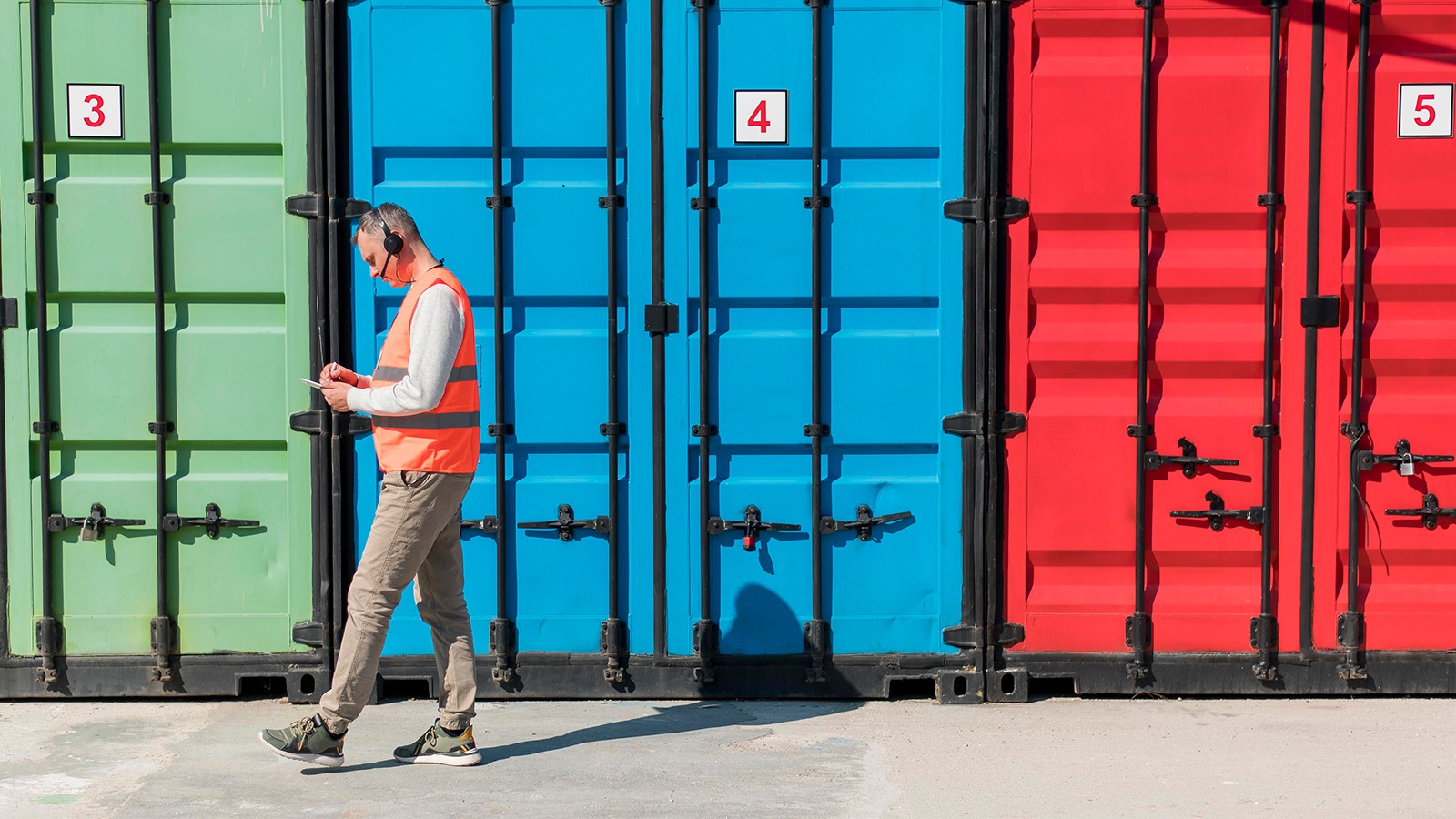
Best Practices for a Successful Container Loading Inspection
Following best practices for container loading inspection ensures every shipment is secure, compliant and damage-free protecting your products, brand reputation and bottom line from avoidable risks:
- Use a Detailed Packing List - Include item codes, quantities, carton dimensions and net/gross weight to verify accuracy.
- Inspect During Full Loading - Partial or blind loading limits the value of CLI. Always ensure the inspection occurs during full loading for maximum control.
- Confirm Container Reservation and Timings - Avoid last-minute changes. Inform the inspection company and factory of the loading schedule at least 48 hours in advance.
- Include Handling Instructions - Label cartons as “Fragile” or “This Side Up” where relevant. Ensure proper palletization.
- Verify Seal Procedures - Use tamper-evident container seals and ensure inspectors record the seal number in the report.
Who Needs Container Loading Inspection?
If you think container loading is just about stacking boxes, think again. From small e-commerce startups to global retailers, anyone moving goods across borders needs container loading inspection to avoid costly mistakes, delays and damaged shipments. Here's why this often-overlooked step can make or break your delivery success. CLI is valuable for a wide range of stakeholders, including:
- Importers and retailers wanting to reduce shipping risks
- E-commerce brands with direct-to-warehouse deliveries
- Buying offices that need assurance across multiple suppliers
- Trading companies managing shipments from overseas factories
- Freight forwarders offering end-to-end shipping solutions
Whether you’re a small importer or a global brand, CLI helps you ship smarter and safer.
Final Thoughts
In today’s fast-moving, complex global supply chains, quality control doesn't end with production. Container Loading Inspection (CLI) serves as the final safeguard ensuring that your goods are accurately counted, carefully packed, securely loaded and properly sealed before leaving the warehouse or factory floor.
A minor oversight during this critical step can lead to major losses in transit from damaged goods and delayed deliveries to customer dissatisfaction and financial claims. That’s why investing in professional container loading inspection isn’t just a quality check; it’s a risk prevention strategy.
With a trusted third-party partner like Testcoo, you gain far more than just an extra set of eyes. You gain:
- Real-time visibility into what’s going into your container
- Photo-documented proof of how your goods are handled
- Peace of mind knowing your shipment meets international standards
- Speedy reporting within 24 hours for quick decision-making
- Global inspection coverage where your suppliers are located
At Testcoo, we don’t just inspect, we ensure trust at every step of your supply chain. Whether you're shipping electronics, apparel, furniture or consumer goods, we help you to inspect your products by performing Initial Production Check, DUPRO, Final Random Inspection to the very last container seal.
Contact us to book your Container Loading Inspection with us Today!
Free Sample Report Performance Quality Control
Download a sample report to keep control of your supply chain!
Featured Articles
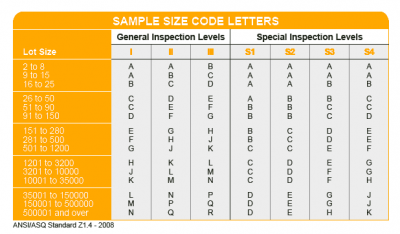 AQL Table | How to Read It
AQL Table | How to Read It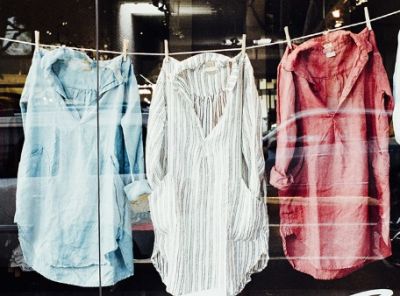 TOP 10 Common Defects in Garments Quality Inspection
TOP 10 Common Defects in Garments Quality Inspection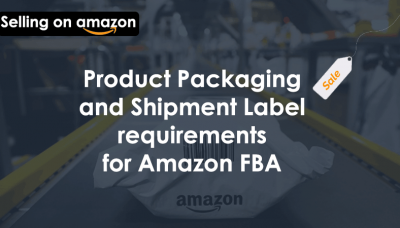 Product Packaging and Shipment Label requirements for Amazon FBA
Product Packaging and Shipment Label requirements for Amazon FBA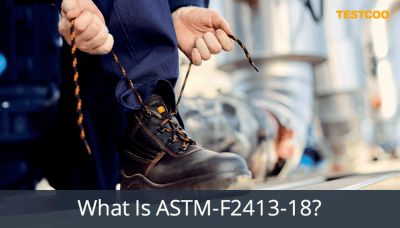 What Is ASTM-F2413-18? Protective Footwear Standard
What Is ASTM-F2413-18? Protective Footwear Standard How to Conduct Third-Party Quality Control Inspections for Electric Scooters
How to Conduct Third-Party Quality Control Inspections for Electric Scooters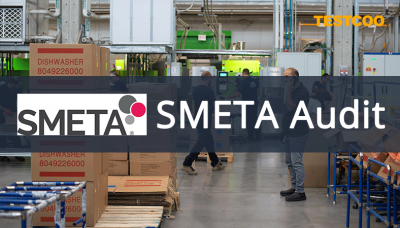 SMETA Audit-What is SMETA Audit?
SMETA Audit-What is SMETA Audit?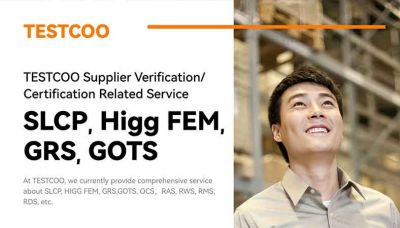 TESTCOO Supplier Verification/Certification Service SLCP, Higg FEM, GRS, GOTS
TESTCOO Supplier Verification/Certification Service SLCP, Higg FEM, GRS, GOTS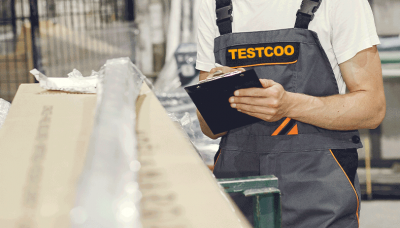 Quality Control Inspection Company in China
Quality Control Inspection Company in China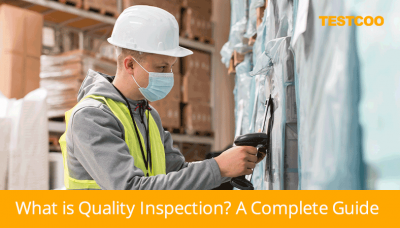 What is Quality Inspection? A Complete Guide
What is Quality Inspection? A Complete Guide Guidelines for Product Inspection in India
Guidelines for Product Inspection in India
Category
- Production Inspection Service
- Factory Audit
- Softline Inspection
- Hardline Inspection
- Electrics Inspection
- Certification
- Checklist
- Manufacturers
- Quality Assurance Basics
- Products Recall
- AQL
- Guidence and Standard
- News
- Supplier Management
- Amazon
- Protective Equipment
- e-commerce quality control
- Indian Manufacturing
- Soft Goods Quality Control
- Supply Chain Management
- Supply Chain Resilience
- E-Commerce Quality Control
- ISO 2859
- Supply Chain Optimization
- Garment Industry
- Higg Index

